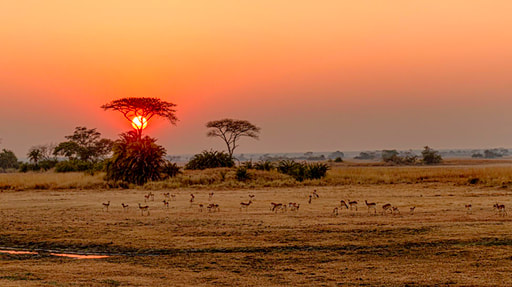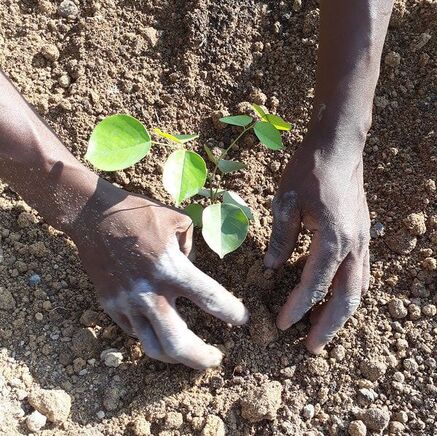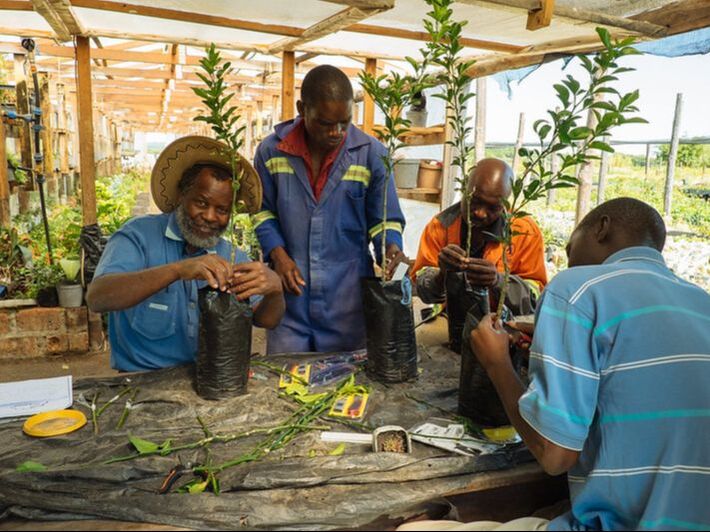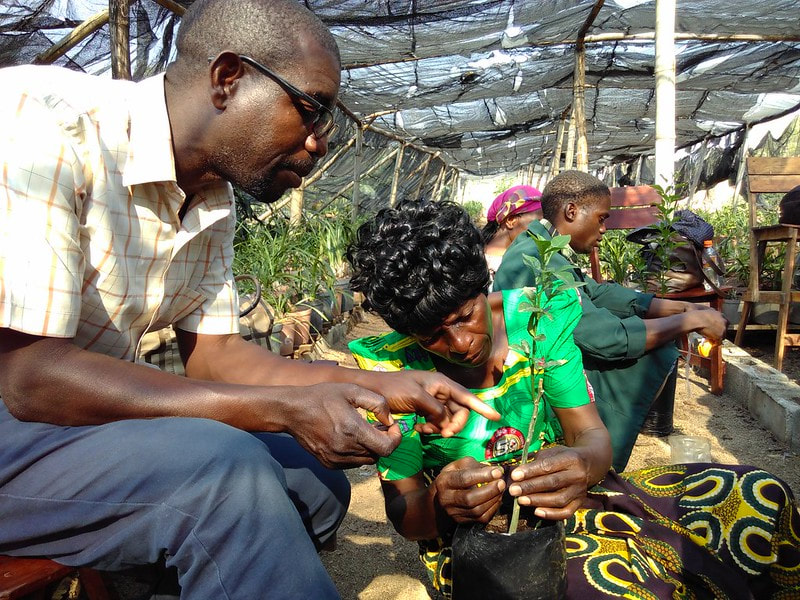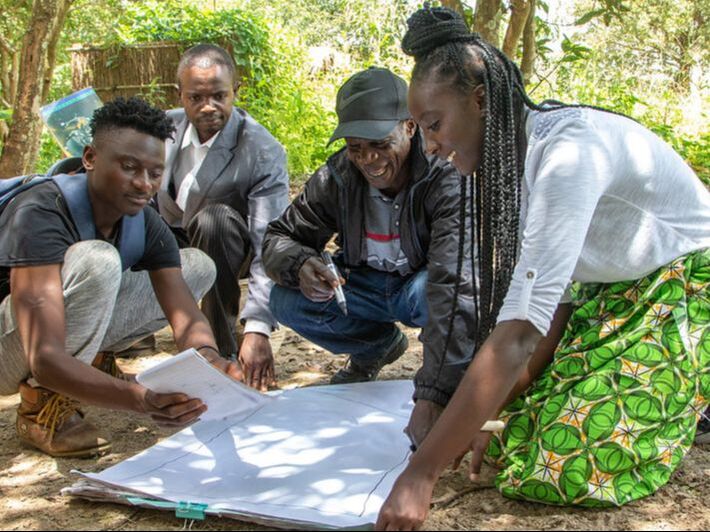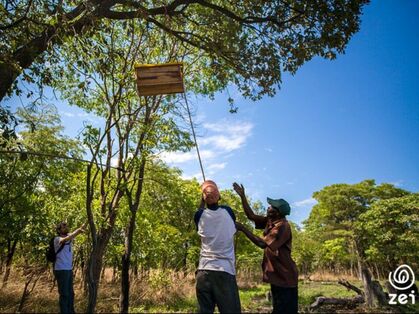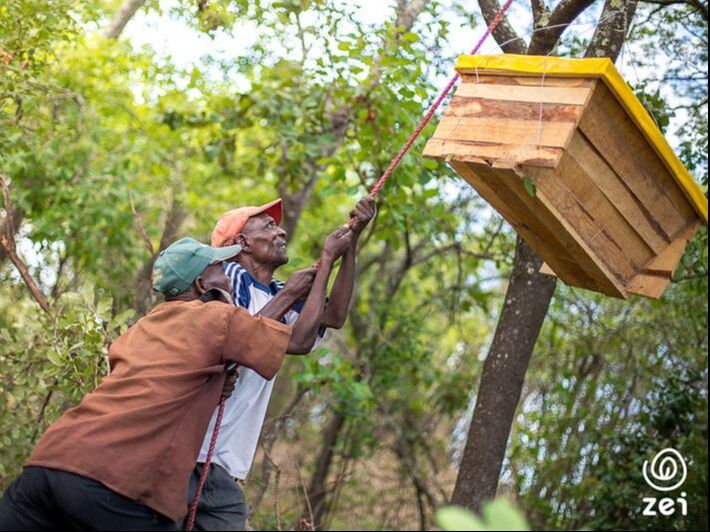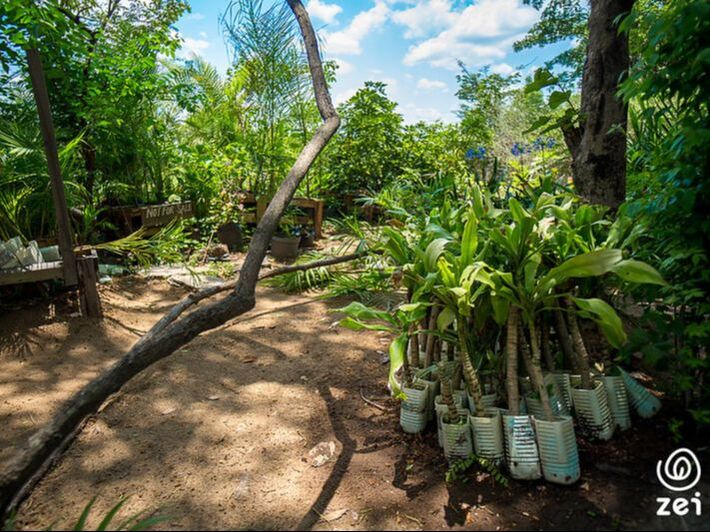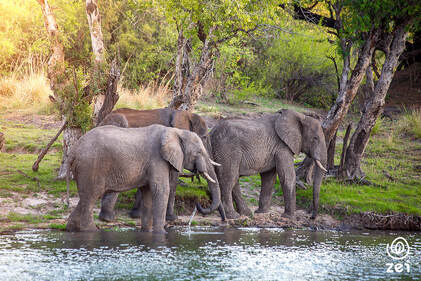The Deforestation Situation
Over the last 50 years, Zambia has lost half of all its forests! This mass deforestation is largely in order to produce charcoal, where a tree is chopped down and its charcoal sold for a small yet reliable source of income for farmers.
Over the last 50 years, Zambia has lost half of all its forests! This mass deforestation is largely in order to produce charcoal, where a tree is chopped down and its charcoal sold for a small yet reliable source of income for farmers.
|
In some rural areas, opportunities for making money are limited, and rates of poverty are high. Understandably, charcoal production has run rife. In 2019 alone, Zambia lost over 125 thousand hectares of tree cover – that’s equivalent to 32.4 million tons of CO2 emissions! Or put another way, that's almost the same carbon emissions as
New Zealand! |
Deforestation at such an uncontrolled rate has a shocking impact for the local ecosystem as well as the rest of the world by accelerating climate change.
|
How JUST ONE Tree Can Help
JUST ONE Tree are helping to restore native miombo woodland in Luanshya, in Zambia’s Copperbelt province. According to our in-country partner, WeForest, “Miombo woodlands can store an average of 145.4 tons of CO2 per hectare over a period of 20 years”. While this is fantastic news, it also highlights that, while it only takes a moment to cut down a tree, restoring woodland is a long-term process. Protecting the fledgling woodlands and providing local people with an income in order to prevent further deforestation, is just as important as planting the trees themselves. |
Image © WeForest
|
In this project, local farmers join an association known as the LFCA, receive training, restore woodlands, monitor their progress and install fire breaks to protect the forests long-term, all while making additional income. If all of that wasn’t enough, the cherry on top is that these projects have a major focus on gender inclusivity.
Images © WeForest
So where do the bees come in?
“No trees, no bees. No honey, no money.” We couldn't have said it better ourselves. These wise words from Samuel Kamwendo (Beekeeping Monitor) sum up the vision for the project.
“No trees, no bees. No honey, no money.” We couldn't have said it better ourselves. These wise words from Samuel Kamwendo (Beekeeping Monitor) sum up the vision for the project.
In return for joining the LFCA, farmers receive beehives to place in their forests. The beehives have two great benefits. The honey produced can be sold by local communities instead of creating and selling charcoal; and given the bees need the trees to live, it gives a very good reason to protect their home - and the source of the honey. After all, why chop down a tree with a massive beehive attached to it, if the honey provides more income than burning the tree for charcoal? In fact on average, farmers have seen an income increase of 27% after signing up to the project and producing honey.
On top of that, the farmers (53% of whom are women) are trained in a process called Assisted Natural Regeneration. This consists of taking care of the forests from tree nurseries all the way through to maturity. The project also creates jobs for Forest Rangers who protect the sites from potential loggers. These roles are assigned regardless of age or gender, in an effort to support gender inclusivity.
Plus, the miombo woodlands support the wider ecosystem by improving water retention in the wetlands and providing a tasty snack for birds, who eat the seeds.
The Bigger Picture
Overall, JUST ONE Tree supports forest regeneration projects like this one in Zambia because of the range of benefits, not only on a local level, but also for the bigger picture of reversing climate change and addressing poverty. If there are people who rely on deforestation for an income, swooping in and telling them not to chop down trees isn’t going to help. People everywhere need a viable source of income and support to change to a more sustainable way of life. Through these projects, we can build that bridge and make forest regeneration possible.
Overall, JUST ONE Tree supports forest regeneration projects like this one in Zambia because of the range of benefits, not only on a local level, but also for the bigger picture of reversing climate change and addressing poverty. If there are people who rely on deforestation for an income, swooping in and telling them not to chop down trees isn’t going to help. People everywhere need a viable source of income and support to change to a more sustainable way of life. Through these projects, we can build that bridge and make forest regeneration possible.

